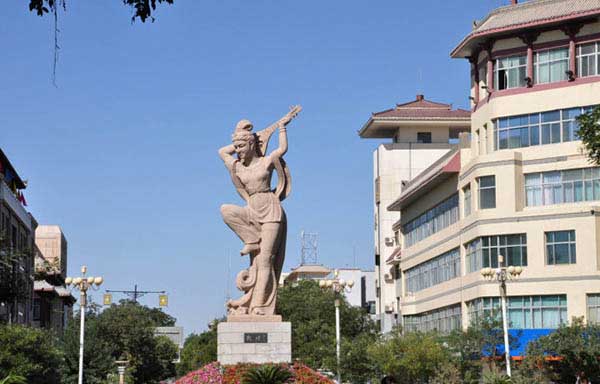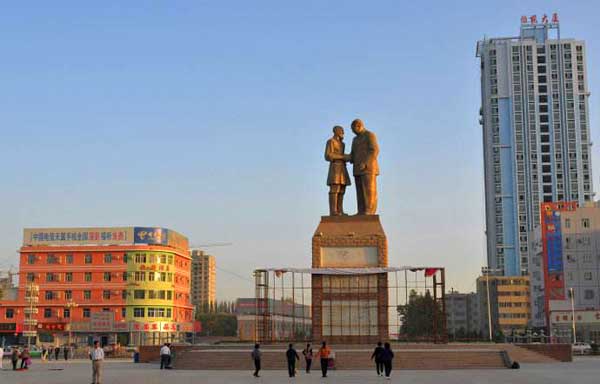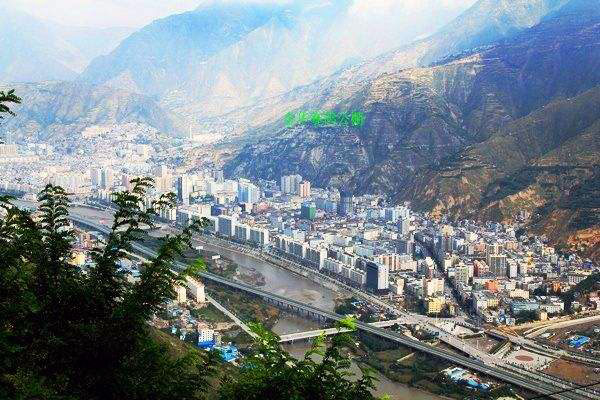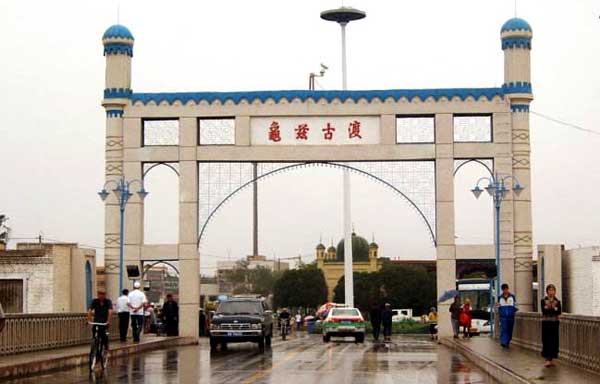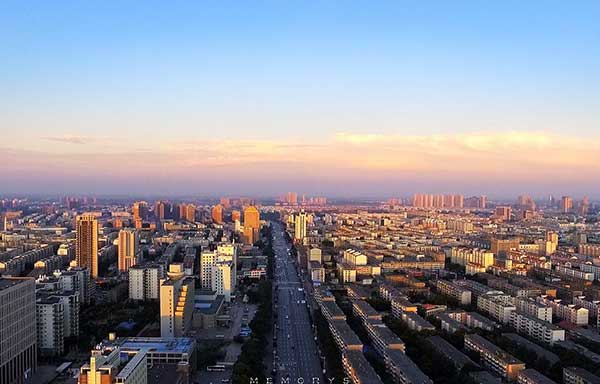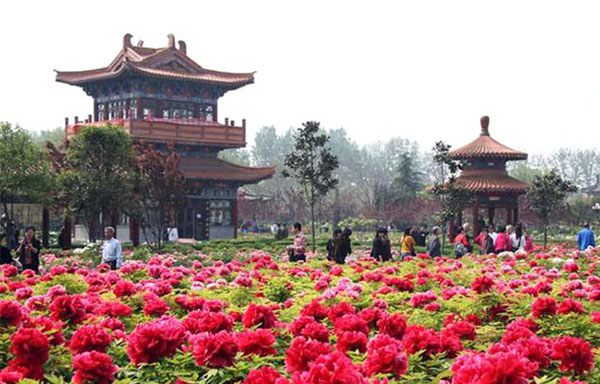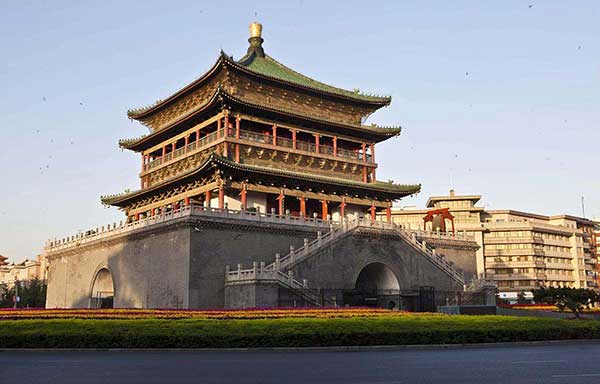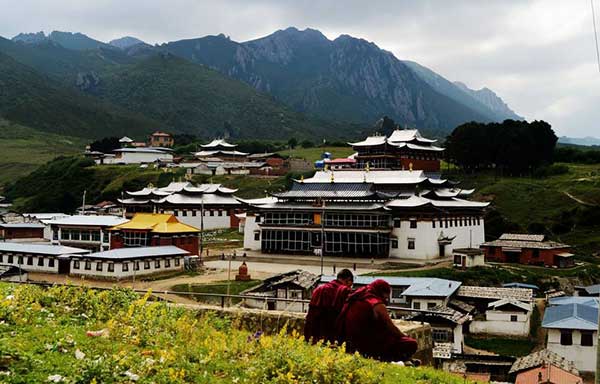- By admin
- In SilkRoadKnowledge
- 2024-04-29
Silk Road horses and camels
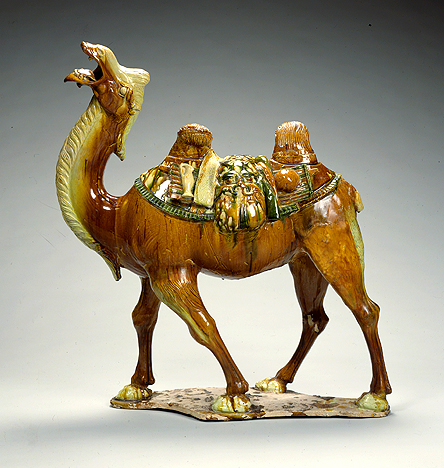 Camel mingqi
Camel mingqi
Tang dynasty
Late 7th-early 8th century
Earthenware with sancai glaze
83.4 x 74.3 cm
Acquisition number: #B60 S95
The Avery Brundage Collection
Foreign traders and caravan animals were another popular form of mingqi (tomb figurine). Most of the overland trade between China and the west was carried out by Central Asian and Near Eastern merchants, many of them Sogdians. For this reason, merchant mingqi figurines are often depicted with beards and clothed in Central Asian garb. The camel depicted here is packed with a relatively light load (Bactrian camels are capable of carrying as much as 500 pounds), and hanging from the saddle we can see a water bottle, a blanket and provisions to sustain the traveler. Perhaps pack animals and foreign merchant mingqi figurines were buried along with the deceased in order to guarantee in the afterlife an uninterrupted supply of luxury goods for which the Tang populace had developed a distinguished taste.
Examples in the visual arts of China are numerous. Beginning in the Han Dynasty, grave goods often include these animals among the mingqi, the sculptural representations of those who were seen as providing for the deceased in the afterlife. The best known of the mingqi are those from the T'ang period, ceramics often decorated in multicolored glaze (sancai). While the figures themselves may be relatively small (the largest ones normally not exceeding between two and three feet in height) the images suggest animals with "attitude"--the horses have heroic proportions, and they and the camels often seem to be vocally challenging the world around them (perhaps here the "crying camels" of the poet quoted above). A recent study of the camel mingqi indicates that in the T'ang period the often detailed representation of their loads may represent not so much the reality of transport along the Silk Road but rather the transport of goods (including food) specific to beliefs of what the deceased would need in the afterlife. Some of these camels transport orchestras of musicians from the Western Regions; other mingqi frequently portray the non-Chinese musicians and dancers who were popular among the T'ang elite. Among the most interesting of the mingqi are sculptures of women playing polo, a game which was imported into China from the Middle East. The 8th-9th century graves at Astana on the Northern Silk Road contained a wide range of mounted figures--women riding astride, soldiers in their armor, and horsemen identifiable by their headgear and facial features as being from the local population. It is significant that the human attendants (grooms, caravaneers) of the animal figures among the mingqi usually are foreigners, not Chinese. Along with the animals, the Chinese imported the expert animal trainers; the caravans invariably were led by bearded westerners wearing conical hats. The use of foreign animal trainers in China during the Yuan (Mongol) period of the thirteenth and fourteenth centuries is well documented in the written sources.
Apart from the well-known scuptures, the images of horse and camel in China also include paintings. Narrative scenes in the Buddhist murals of the caves in Western China often represent merchants and travelers in the first instance by virtue of their being accompanied by camel caravans. Among the paintings on paper found in the famous sealed library at Dunhuang are evocatively stylized images of camels (drawn with, to the modern eye, a sense of humor). The Chinese tradition of silk scroll painting includes many images of foreign ambassadors or rulers of China with their horses.
Related destinations
Why Choose Us?
We are the top Silk Road tour operator based in Dunhuang, China. We focus on providing well designed Silk Road China Tours with resonable price and thoughtful service.
- Easy & carefree booking
- The best value
- Great travel experience
- Locally operated
Hot Tours
-

6 days Gansu tour to Binglingsi, Xiahe and Langmusi
Tour type : Private tour Price : from *** Destinations : Lanzhou - linxia - Xiahe - Langmusi - Hezuo - Lanzhou -

12 Days Gansu Highlights Tour
Tour type : Private tour Price : from *** Destinations : Xian – Tianshui – Lanzhou – Xiahe – Langmusi – Hezuo – Zhangye – Jiayuguan - Dunhuang -
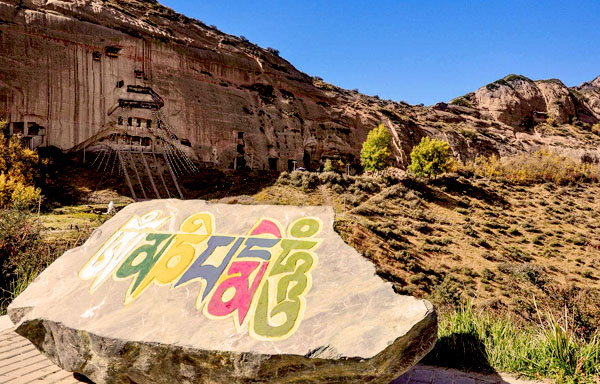
10 Days Silk Road Classic Tour
Tour type : Private tour Price : from *** Destinations : Xian - Zhangye - Jiayuguan - Dunhuang - Turpan - Urumqi -
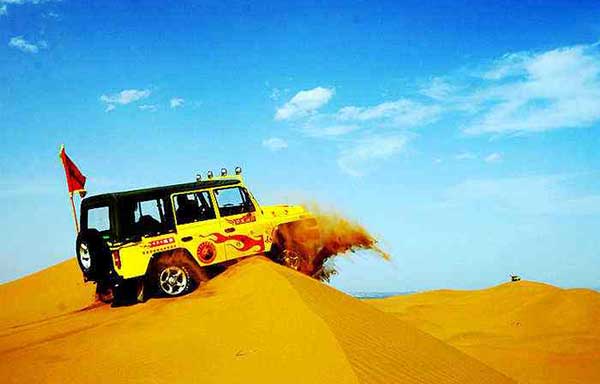
5 Days Zhangye - Alxa youqi Highlights Tour
Tour type : Private Tour Price : from *** Destinations : Zhangye - Alax youqi - Zhangye

